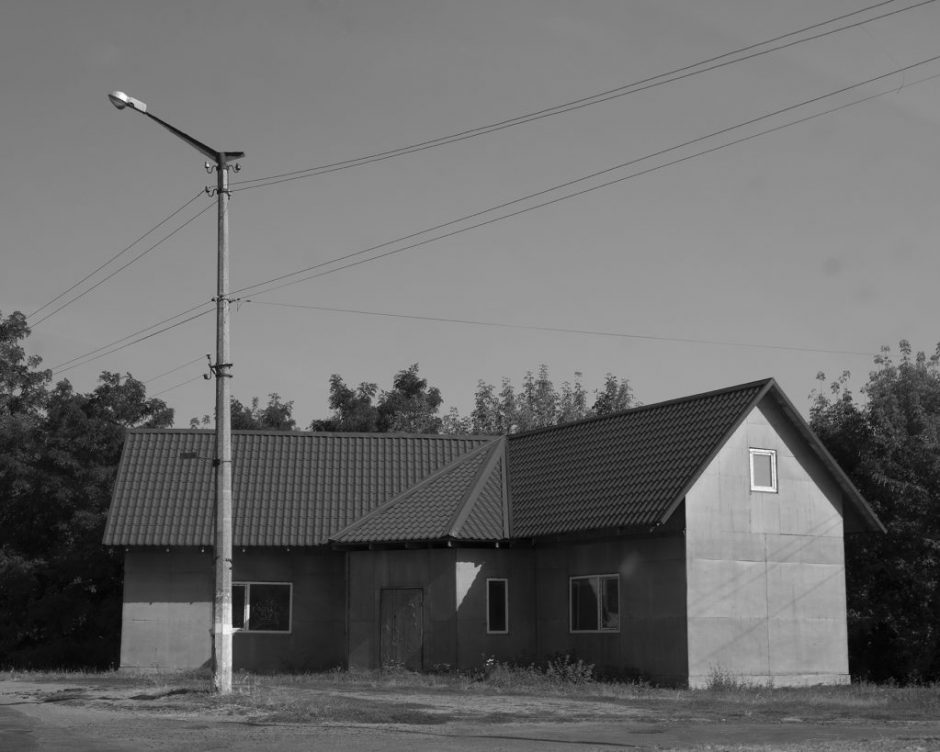Archiving Critically: Exploring the Communication of Cultural Biases by Hannah Grout
Essentially reading this text gave me a much more structured understanding of The Archive
What is an Archive?
- Archives are institutional collections of objects deemed worth preserving by society (e.g., museums, libraries).
- They validate objects associated with people, places, or events and play a role in teaching and learning, influencing historical, cultural, and educational discourse.
- Contemporary cultural practices often use archives to explore history, memory, and identity, with reinterpretation possible through artistic and pedagogical practices.
Cultural Bias: Archives historically represent “truth” but often reflect the biases of dominant cultures. This is for me probably the most important aspect to reflect upon. These biases were prominent in my education growing up in the United Kingdom in the 1980’s and in many ways formed an opinion for me at an early stage of secondary school education. The absence and structural biases and underrepresentation were the norm. Within both my personal art practice and within the Pedagogical practices within arts education I am becoming acutely aware of the problems associated with Nostalgic traits in part due to a lack of understanding and a confluence of stereotypes on my behalf. Collaborative efforts between archives and educational institutions and educators can diversify collections, redefine archival principles, and develop critical pedagogies. These critical pedagogies can I believe can allow for an analytical engagement with archival materials encouraging a critical understanding of societal inequalities and cultural constructs of “truth” and “history.” A redefining archival principle could be based in part or as an extension of arts teaching where upon constructs around a personal intervention into archives especially within arts education and the role of what an archive can mean and how an audience responds to these personal interventions. For example a disparate archive collected in a Mumbai at a flea market is disseminated and found to be from towns in Gujerat – there is only the truth that archive is at most just a collection without any foundation other than being of the subcontinent, however if an artist brings their idea for example linking these images to a fictional text which explores possible narratives within these images I believe their is a validity in the power of the archive being able to transcend nostalgia and empowering a critique historical narratives and inclusivity in education. A redefining of archival principles, and developing critical pedagogies within arts practice.
Research materials
- The Indian Photo Studio – Mumbai , Chor Bazaar
- True Photo Journal – Kalpesh Lathigra
- Veeragana Solanki – Curator / Delfina Fellow / Tate Modern / Serendipity Arts Festival
- Frida Kahlo – Getty Archive
- Martin and Coretta King – Getty Archive
- Mumbai – Getty Archive







